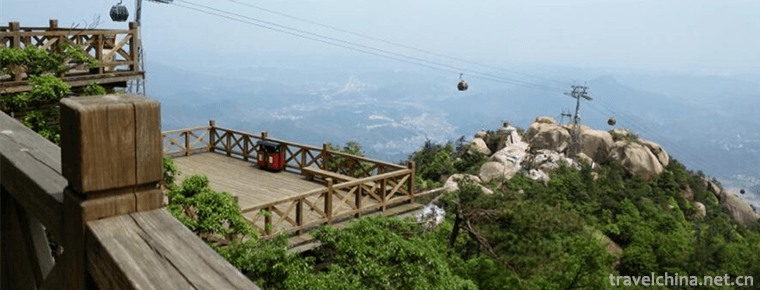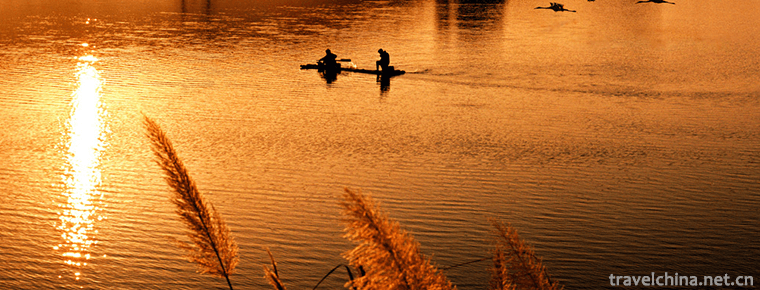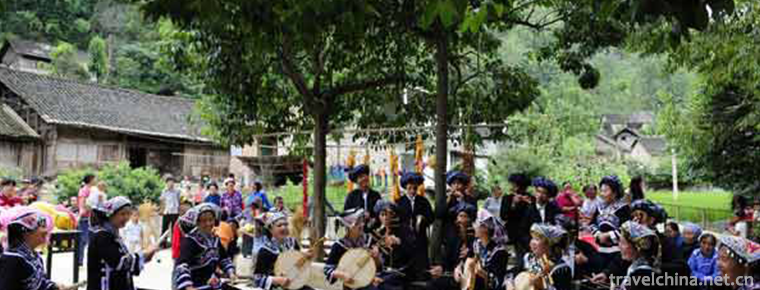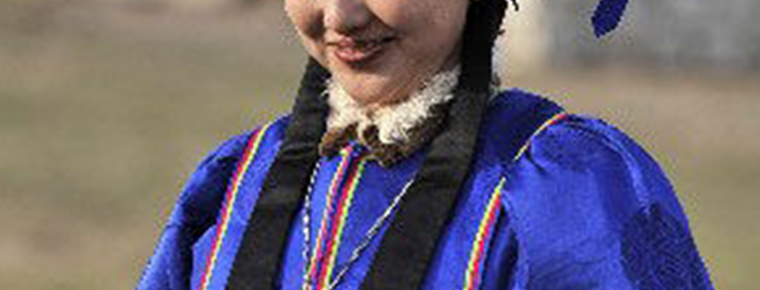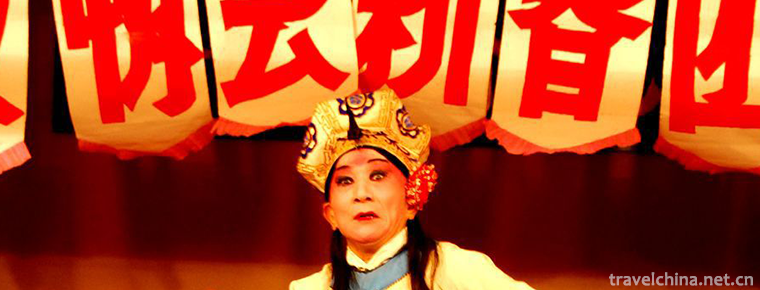Leitaihan Culture Museum Wuwei
Leitaihan Culture Museum, Wuwei
Leitaihan Culture Museum is located in the urban area of Wuwei City. It is the land of the Chinese tourism symbol "Ma Ta Feiyan". Leitai was declared as the key cultural relics protection unit in Gansu Province in 1983; Leitai Han Tomb was declared as the fifth batch of key cultural relics protection units in China by the State Council on June 25, 2001; passed ISO international quality system certification in December 2003; was designated as the third batch of provincial "patriotic education bases" in Gansu Province in April 2004; was awarded the National Youth Civilization number in June 2005; and national tourism in December 2005. It has been approved as a national AAAA-level tourist attraction. In 2012, it was designated as the national science popularization base by the National Association of Science and Technology.
Leitaihan Culture Museum is located in the urban area of Wuwei City. It is the land of the Chinese tourism symbol "Ma Ta Feiyan". Leitai was declared as the key cultural relics protection unit in Gansu Province in 1983; Leitai Han Tomb was declared as the fifth batch of key cultural relics protection units in China by the State Council on June 25, 2001; passed ISO international quality system certification in December 2003; was designated as the third batch of provincial "patriotic education bases" in Gansu Province in April 2004; was awarded the National Youth Civilization number in June 2005; and national tourism in December 2005. It has been approved as a national AAAA-level tourist attraction. In 2012, it was designated as the national science popularization base by the National Association of Science and Technology.
According to historical records, Leitai was built by King Zhang Mao of Qianliang (301 - 375, 1628 AD). "Ziye Tongjian" records: for the Eastern Jin Dynasty Yuan Emperor Daxing four years (AD 321) began to build "Zhou Lun more than 80 blockages, base high 9. Now the Leitai is well preserved, 106 meters long, 60 meters wide and 8.5 meters high. There are 10 ancient buildings in Ming and Qing Dynasties, such as Leizu Hall and Samsung Doumu Hall. Their buildings are magnificent and large-scale. Around the ancient trees towering, the lake ripples, is a well-known tourist attraction.
In September 1969, a late Eastern Han Dynasty (231 precious cultural relics and 30,000 ancient coins unearthed from 186 to 219 AD over 1800 years ago) was discovered in the southeastern corner of Taixia. It is called a rich "underground museum" by the historians. Among the unearthed cultural relics, the most prominent are the exquisite cast of 99 bronze chariot and horse terracotta warriors and a bronze galloping horse with the highest artistic value. In September 1971, Guo Moruo, a well-known archaeologist and vice chairman of the Standing Committee of the National People's Congress, discovered a copper galloping horse during a visit to the Gansu Museum, which was called "Ma Ta Feiyan". From April 1973 to August 1975, Tong Pengma, as an outstanding representative of Chinese archaeological culture, was exhibited in 14 countries and regions, causing great sensation and high praise.
In October 1983, "Ma Ta Feiyan" was designated as China's tourism symbol by the State Tourism Administration; in 1996, it was designated as a national treasure cultural relic. In 2009, the Leitaihan Cultural Museum combined with the free opening, carried out a series of exhibitions to improve the integration of knowledge, interesting and interactive, formed a Leitaihan cultural characteristics of "Tianma Xilai-Leitaihan Cultural Display", the audience is increasing rapidly, and achieved good social benefits. We warmly welcome Chinese and foreign tourists to China's tourist capital and witness the magical "horse stepping on a swallow" coming out of the land and the masterpiece of ancient people's wisdom.

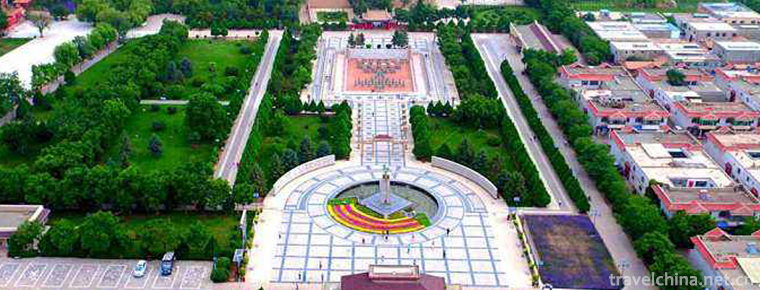
-
Shangrao Lingshan Scenic Area
Shangraolingshan Scenic Area, located in the north of Shangrao County, Shangrao City, Jiangxi Province, is a national scenic spot with an area of 160 square kilometers. Lingshan is listed as the ".
Views: 119 Time 2018-12-19 -
Poyang Lake National Nature Reserve
Jiangxi Poyang Lake National Nature Reserve is located in the north of Jiangxi Province. It is a nature reserve for wildlife protection. The main protected objects are rare migratory .
Views: 182 Time 2019-02-07 -
Buyi Eight tone Sitting Singing
Buyi eight-tone sitting-singing, also known as "Buyi eight-tone", is a form of folk music and singing handed down from generation to generation by the Buyi people.
Views: 109 Time 2019-04-04 -
Ewenki costumes
The Ewenki people belong to the Tungusic race, and their clothing materials are mainly animal skins, as do the Tungusic people such as Manchuria and Xibo..
Views: 265 Time 2019-04-28 -
High cavity
Gaoqiang is one of the four major tunes in Chinese opera. Gaoqiang was originally called "Yiyang Cavity" or "Yiqiang Cavity", because it originated in Yiyang, Jiangxi Province..
Views: 120 Time 2019-04-30 -
Eyebrow household
Eyebrow households, distributed in Shanxi, Shanxi, Shaanxi, Gansu, Western Henan and other provinces, also known as "Eyebrow Shao" or "confusion", are named for their euphemistic m.
Views: 87 Time 2019-05-31 -
Legend of the ancestors of Khitan
The legend of the ancestors of Qidan is a folk legend that is spread in Pingquan County, Hebei Province, China. According to legend, the ancestors of Qidan were born on the Futu River in Mayushan.
Views: 112 Time 2019-06-10 -
String Dance
String dance is popular in Sichuan, Yunnan and other Tibetan areas and in Changdu, Tibet. String dance is an indispensable self-musical dance in Tibetan people's life. During festivals, weddings and g.
Views: 944 Time 2019-07-03 -
North China Electric Power University
North China Electric Power University is a national key university directly under the Ministry of Education. It is a key construction University of "211 Project" and "985 Project Advant.
Views: 245 Time 2019-09-22 -
Technical requirements of Chinese embroidery
The technical requirements of embroidery are: smooth, even, flat, even and clean. Smooth refers to straight straight straight line and smooth curve; neat refers to neat pointer trace and no uneven edge; flat refers to accurate gesture, plain.
Views: 322 Time 2020-12-12 -
Neijiang administrative division
Neijiang City governs 5 county-level administrative divisions (Municipal District 2, county-level city 1, county-2), and 83 township level administrative divisions (street 13, town 70). It covers an area of 5386 square kilometers and has a population of 4.27 million..
Views: 158 Time 2020-12-16 -
Leshan scenic spot
As of 2018, Leshan City has 3 world-class heritages, 10 national key cultural relics protection units, 4 national intangible cultural heritages, 3 national scenic spots, 2 nature reserves and wetland parks, 3 National Forest Parks, 1 National Geological Park and 1 Mining.
Views: 328 Time 2020-12-17
